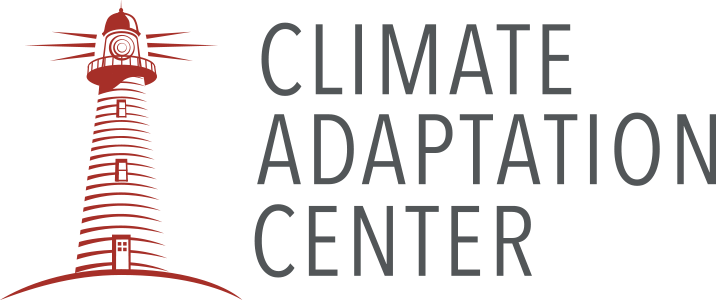Florida’s future depends as much on landscapes as it does on levees. The Sept. 30, 2025, Governor and Cabinet approval to conserve over 22,000 acres in and around the Florida Wildlife Corridor is not just a win for wildlife — it’s a practical, place-based climate adaptation strategy. Conserved lands slow the pace of fragmentation, preserve migration routes for species stressed by warming, and sustain the natural systems (wetlands, springsheds, uplands) that buffer communities from storms, floods, and saltwater intrusion. (Florida Wildlife Corridor Foundation)
Why does land protection read like an adaptation policy? Three reasons. First, intact corridors let species shift ranges as temperatures change; that movement is essential to prevent local extinctions and to preserve ecosystem services — pollination, water filtration, fisheries support — that people rely on. Second, conserved ecosystems are inexpensive natural infrastructure: wetlands and floodplains store water during extreme rains and reduce downstream flood damage compared with engineered fixes alone. Third, large connected landscapes support resilience at scale — they maintain genetic diversity and reduce the tipping-point risk of ecosystem collapse in warming seas. These are exactly the themes the CAC conference will surface when panelists like Mallory Dimmitt and Dr. Hilary Swain talk about actionable commitments for Florida.
The policy backdrop is mixed — statewide appropriations for land programs have swung dramatically this year, with big cuts and then partial restorations to corridor acquisition funding. Those budget moves underscore a core truth: adaptation planning must pair scientific priorities with durable financing and creative partnerships (public, private, tribal, philanthropic). Recent grants and private purchases — including Conservation Fund acquisitions that expand protected tracts — show the playbook in action: where public funding wavers, partnerships close gaps and protect the continuity wildlife and people need. (WUSF)
What communities should watch now is not only acreage counts, but the land’s placement in a larger mosaic: are these parcels linking marsh to upland, river to spring, coast to inland refuge? Are investments paired with stewardship dollars so lands remain viable in a hotter, wetter Florida? Those implementation details are where science meets practice — and precisely where the CAC conference aims to help decision-makers focus.
Join us Nov. 13 at the 5th Annual Florida Climate Forecast Conference. Hear the experts who are turning conservation into climate strategy, and take home real actions communities can use. Tickets and agenda details are on the CAC conference page.
(See news sources quoted above for the full context of recent corridor funding and acquisitions.) (Florida Wildlife Corridor Foundation)

